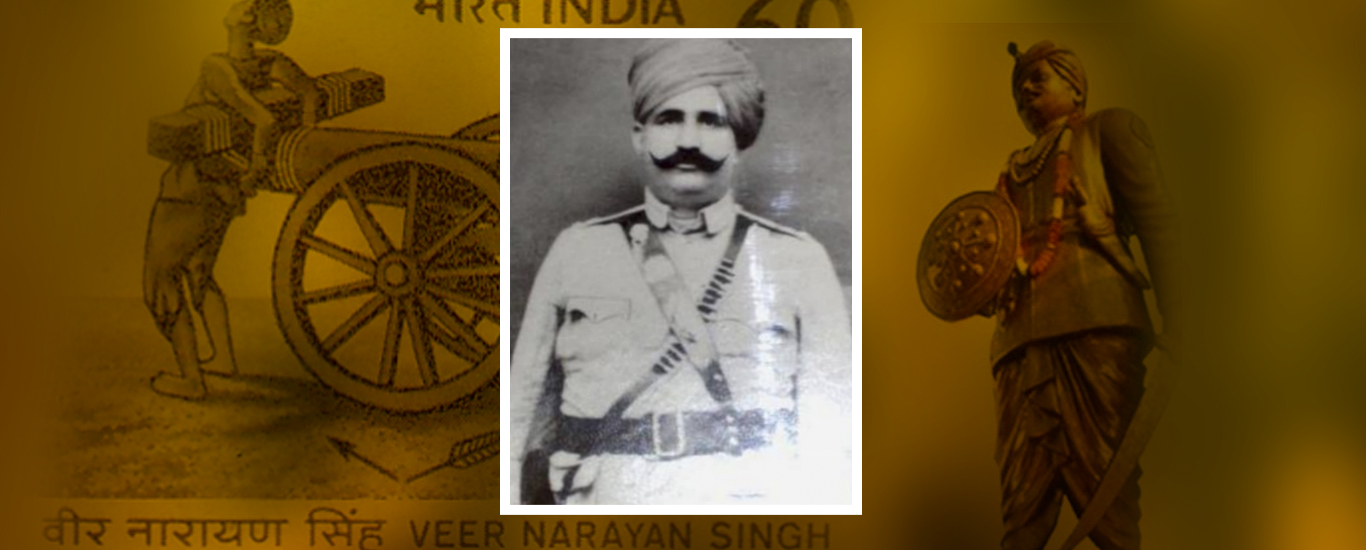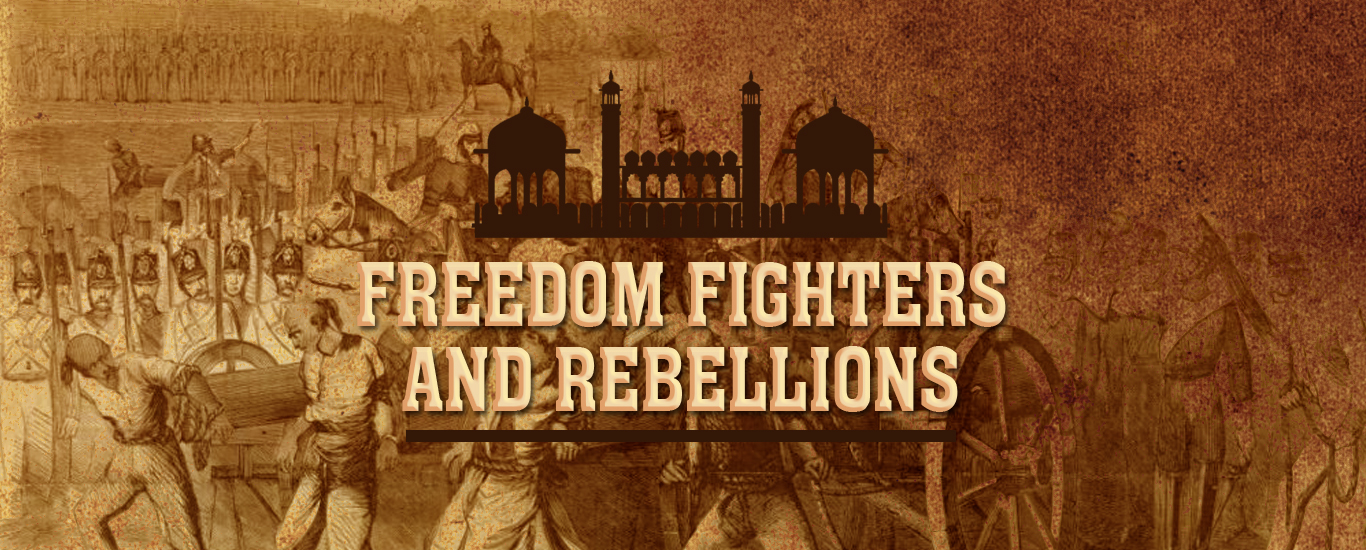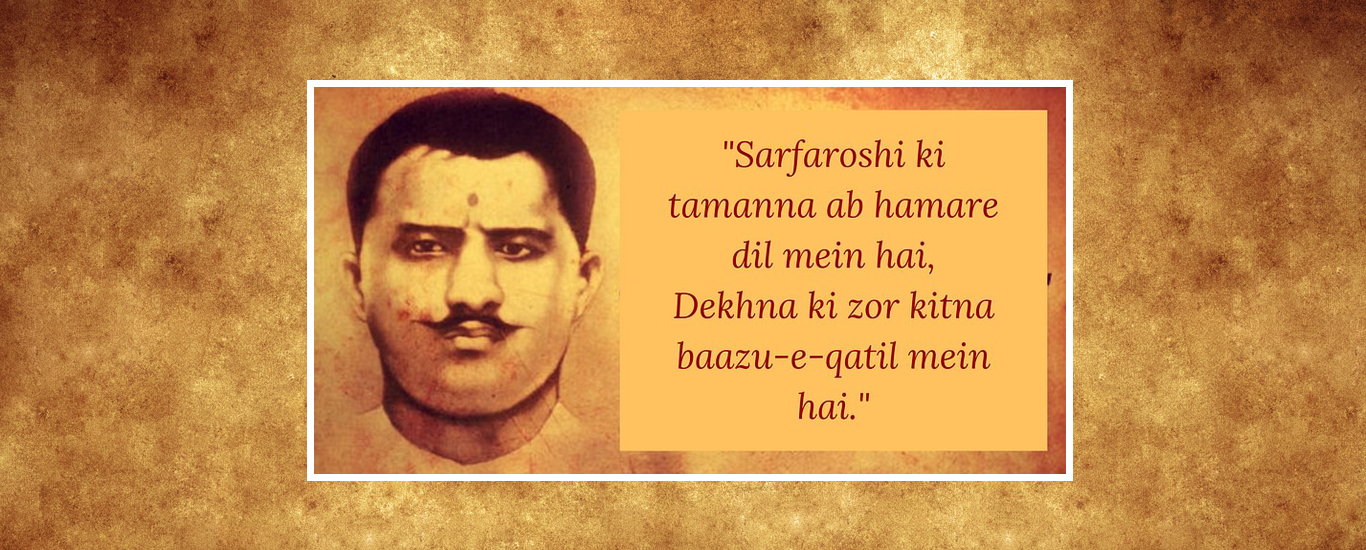Anushilan Samithi one of the first revolutionary organisation in India
One of the major theaters of India’s struggle for freedom against British Imperialism was Bengal. The Swadeshi movement had motivated the revolutionary activities in Bengal that stirred the political and national awareness of Bengal to an extent not known before. Boycotting of English goods was a failure and did not attain the desired object. It soon expanded the real goal of undoing the Partition of Bengal and imagined the political freedom of India. As a result, a huge number of young lads turned to revolutionary activities. They thought that this was the only possible means to acquire their ends.
The foundation of this revolutionary organization was witnessed in the first decade of the 20th Century, Anushilan Samiti. The history of India’s struggle for freedom is incomplete without remembering the sacrifices of the martyrs who suffered to the extreme extent to enjoy the freedom we have today.
Formation of Anushilan Samiti
The term Anushilan Samiti means “Self-Culture Association”. It was inspired by Swami Vivekananda’s thoughts, speech, and writings and influenced by Bankim Chandra Chatterjee’s ‘Anandamath’. The notion was established with its roots in Sashakta Hinduism. They clearly focused on creating a desire among the Hindus to become strong intellectually, physically, and spiritually. Hence, a lot of youth clubs designated as Anushilan Samiti were formed. On 24 March 1902, Anushilan Samiti was set up in Kolkata under the supervision of Barindra Kumar Ghosh, younger brother of Sri Aurobindo Ghosh. The vice-presidents of the Samiti were Pramatha Nath Mitra, Sri Aurobindo, and Deshabandhu Chittaranjan Das. It was to sweep away British colonial rule. Keshav Baliram Hedgewar the founder of RSS (Rashtriya Swayamsevak Sangh) was also alumni of Anushilan Samiti,
Samitis activities were controlled under the pretense of a suburban fitness club. The members always thought that the constitution of small ‘non-violent’ youth clubs committed to the three-fold aims of mental, spiritual, and physical development of the youth could guide them towards getting independence.
Begning of Violence
It is still not sure about the time the Anushilan Samiti had started terrorist programs. Somehow, 1905 is noted as the time when the Samiti adopted terrorist activities. The immediate activities that triggered terrorism were Lord Curzon’s unwanted educational reforms and the Partition of Bengal in 1905. Members of the Samiti started publishing Jugantar, a Bengali weekly, which endorsed sedition in no ambiguous terms in March 1906. All over Bengal, divisions of the Samiti were set up.
In 1905 Bipin Chandra Pal delivered a fiery speech against the Partition of Bengal in Dhaka. It had managed to create turbulence within the Hindu gentry of East Bengal. Later, in September 1906, 80 other young men constituted an Anushilan Samiti in Dhaka under the leadership of Pulin Bihari Das. Dhaka was the Headquarter of this Samiti. There had been three societies in Calcutta which had been working under the Anushilan Samiti, first led by Pramatha Nath Mitra, second under a Bengali lady Sarala Devi and the third one under Aurobindo Ghosh, one among the dominant supporters of revolutionary nationalism of that time.
Appeal to religion and Hindu piousness gave vigorous strength to the Samitis. The extreme Hindu character of its influence is evident in the reading list of its supporters, which was mainly Hindu mythology. The works of Swami Vivekananda were given the first place among the books recommended for its members. The one reason behind why perhaps Muslims were not very inclined is that Gita was employed at the time of administering the vows when one was admitted to the fold of the Anushilan Samiti.
The Samitis got developed through the formation of an assortment of gymnasiums (akhadas) in the outskirts of Calcutta and many different parts. These, growth without a doubt, aroused Hindu lads to the extreme. Documents declare that a lot of people used to gather to sense related tournaments.
Dhaka Anushilan
Bipin Chandra Pal on November 1905, along with Pramathanath Mitra, visited Dhaka at a political meeting where Bipin called for volunteers and asked them to sacrifice everything for the nation. Pulin Behari Das was among the eighty who came forward. He was a man of Wari who was shortly appointed as the head of the East Bengal branch of Anushilan Samiti. Das’s leadership made Anushilan “spread like wildfire” all through the area. The result was also extreme.
Over 500 branches were active, connected by a “close and detailed organization” to Pulin’s headquarters at Dhaka. It immersed minor groups in the area, and shortly overshadowed its parent organization in Calcutta. Divisions of Dhaka Anushilan spread in the towns of Khulna, Jessore, Rajnagar, Faridpur, Mohanpur, Barvali, Rajendrapur, Bakarganj, and other areas. Estimates show that the Dhaka Anushilan Samiti has a membership of between 15,000 and 20,000 members. Dhaka Anushilan devolves its aims from the Swadeshi to the faithful aim of political terrorism within another two years.
Daring Revolutionary Activities
It was found that the most dramatic activities of them were the murders and robberies. As per the recorded evidence, between 1907 and 1917 no less than 64 persons were killed. The people included in the list were one Public Prosecutor, both high Deputy Superintendent of Police, Inspectors and low sub-inspectors, constables, several police informers, fellow revolutionaries suspected of having betrayed the secrets of the party to Police, and witnesses against revolutionaries in the Court trials. They even tried a lot of unsuccessful attempts to kill high officials including the Lt. Governor, Sir Andrew Fraser. Sometimes continuous trials were made to murder the same person again and again until his death. There were even a lot of other unknown societies imitating more or less the similar program and method.



